Sony has been a bit absent on the soundbar front lately, especially when it comes to the more expensive variants. The Japanese manufacturer likes to take good time with the development of a new product, and we have had to wait a long time for a successor to the top model HT-ST5000 from 2017. But now things are happening! The newcomer HT-A7000 is Sony’s new flagship model among soundbars, and there are no trifles they have come up with.
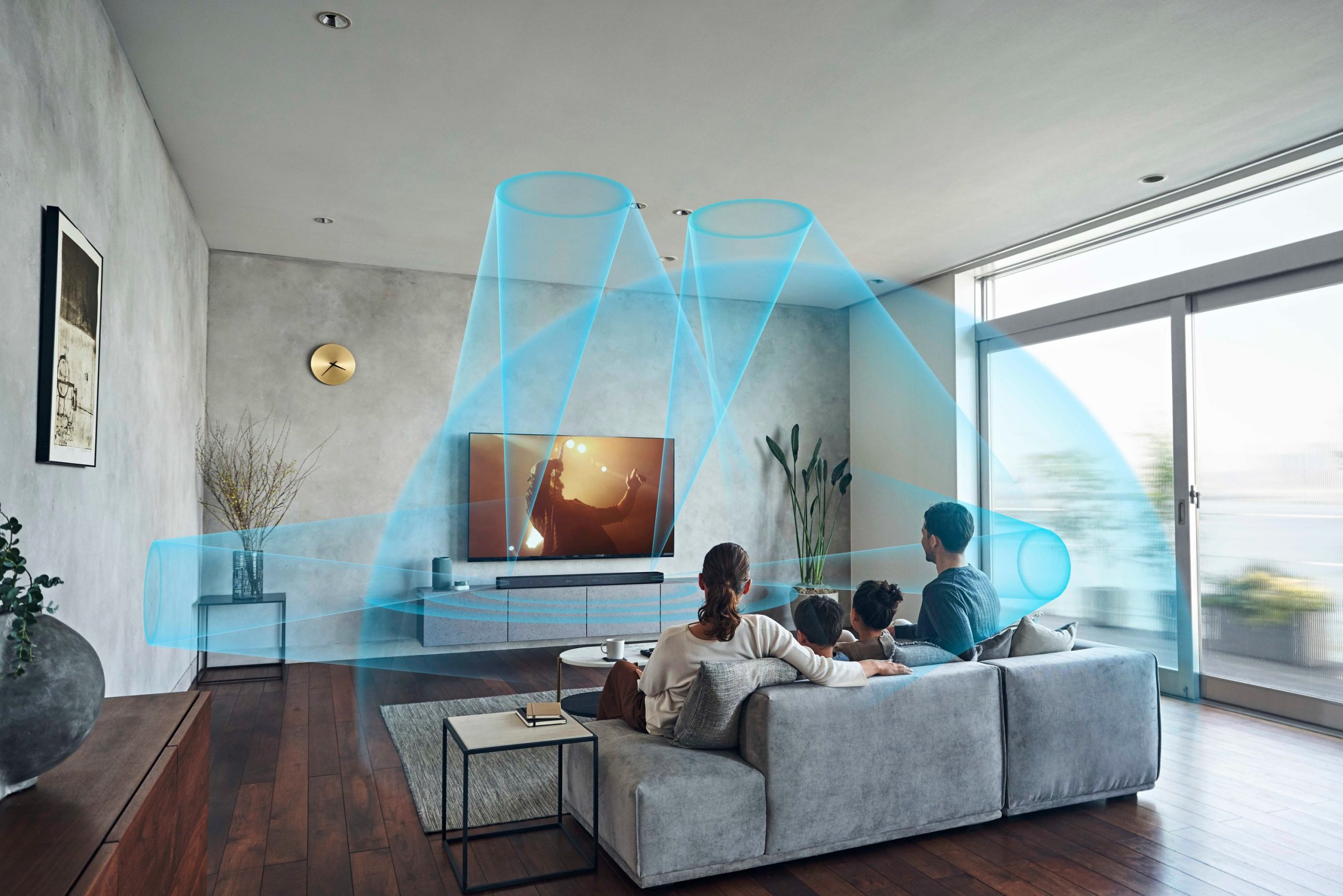
Sony HT-A7000
With its 130 centimeters in width, the Sony bar is one of the larger soundbars you can put under a TV, and also among the most expensive. The HT-A7000 is packed with drivers that spread the sound forward, up and to the sides, and it supports the 3D audio formats Dolby Atmos and DTS:X.
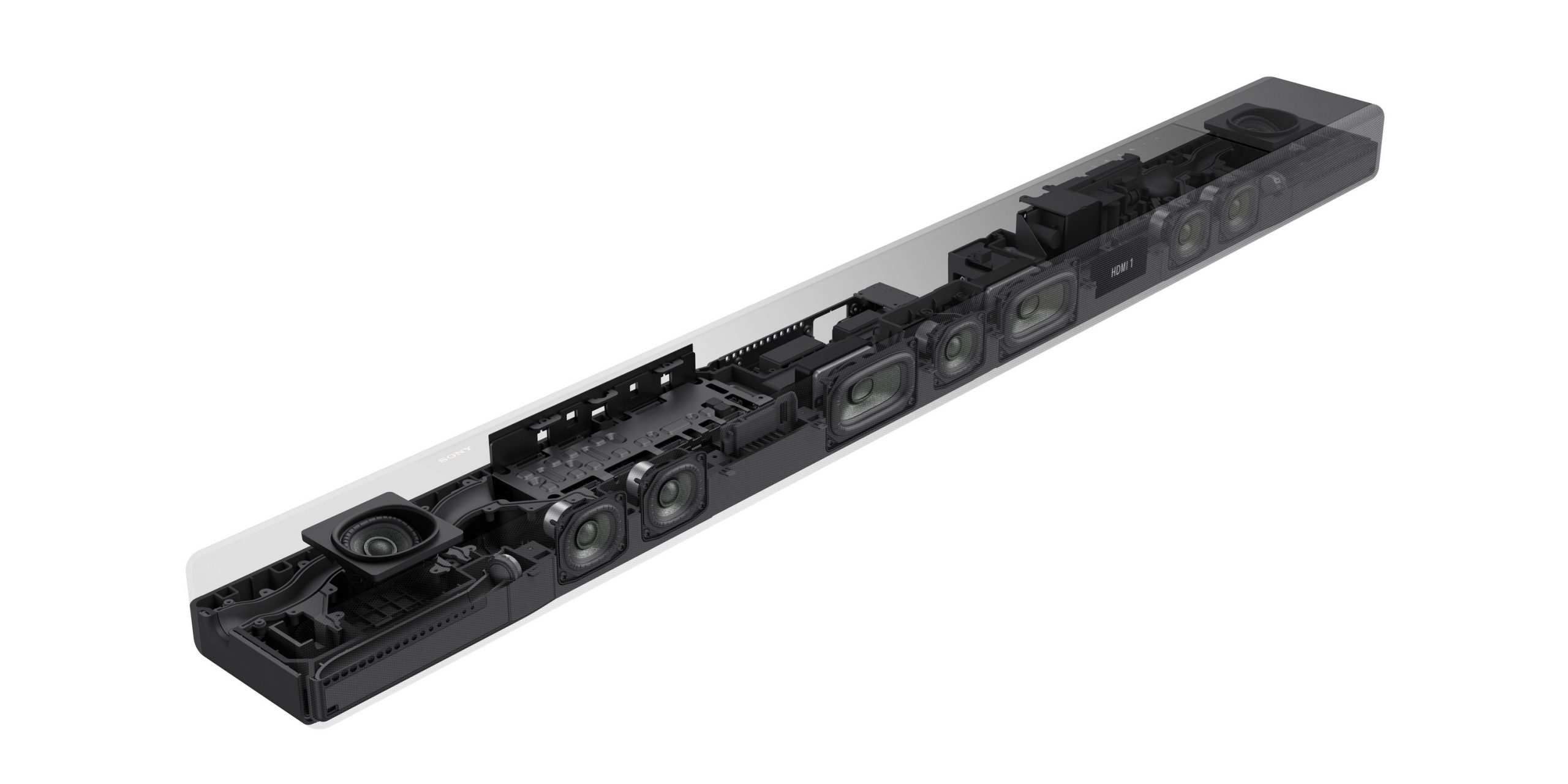
Sony has also equipped the soundbar with integrated subwoofers, and therefore claims that it can do well without a subwoofer. This can still be purchased separately, in addition to wireless rear speakers if you wish. We have tested both with and without!
Design
Being a top class soundbar, the HT-A7000 has a relatively subdued and discreet look. The front is characterized by a perforated metal grill, while the top is clad in black speaker fabric, with a black, mirror-gloss and a “glossy” stripe in the middle. That last bit they could have omitted, as it is quite sensitive to fingerprints!
The soundbar is obviously made to match Sony’s own TVs, and we found that it fits well with Bravia models such as the A80J, X95J and Z9J. These have feet that can raise the screen so that it is clear of the soundbar.
The Sony HT-A7000 is equipped with built-in height channels for Dolby Atmos and DTS:X. There are two speakers on top of the soundbar, which need a free “line of sight” to be able to reflect sound from the ceiling. This must be taken into account when placing the soundbar so that the speakers are not covered.
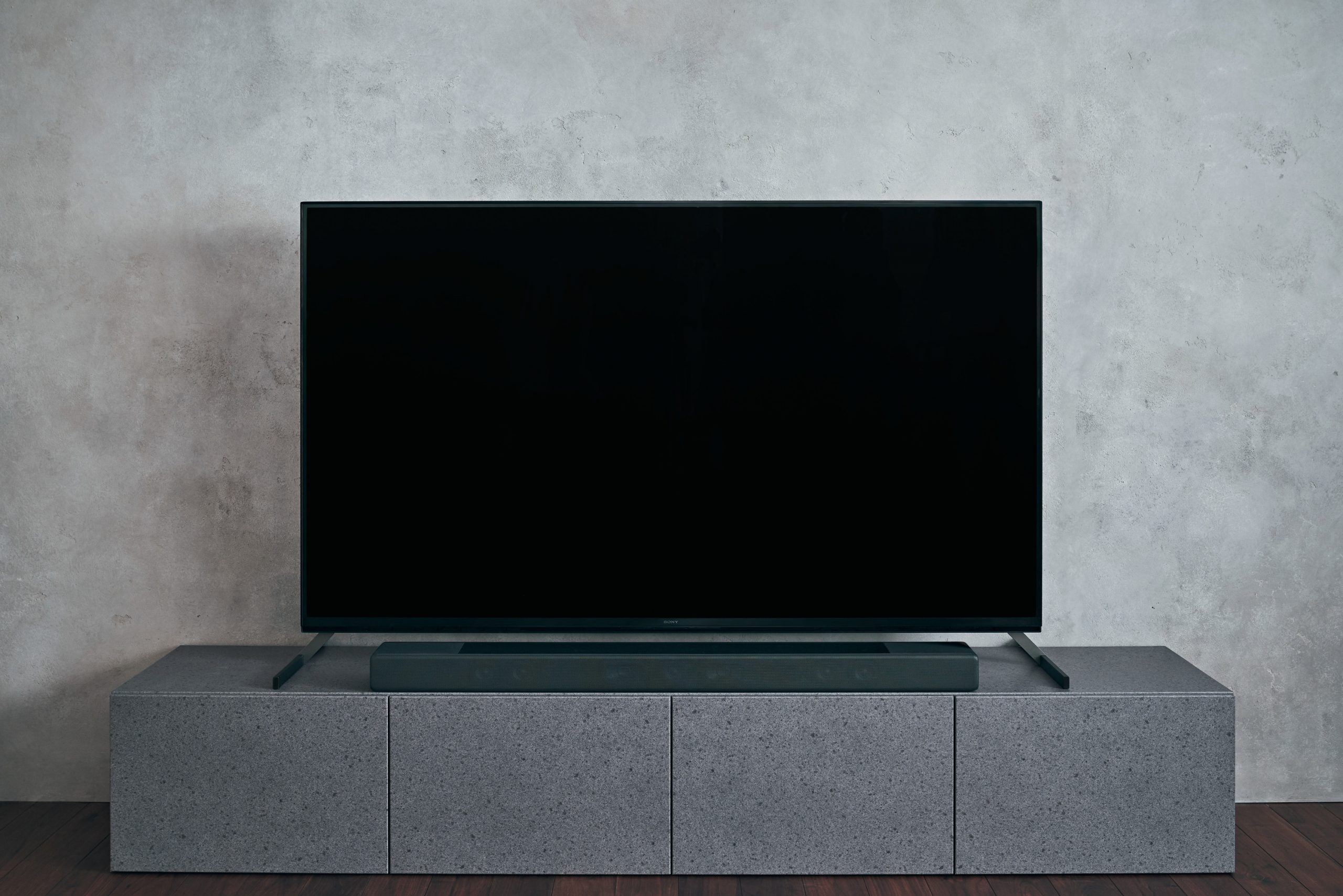
Ease of use and features
Hidden behind the grill on the Sony HT-A7000 is a convenient display that tells us the volume, source selection, which audio format is playing and the like. Fortunately, it can be dimmed completely or partially when watching movies in the “cinema darkness”.
Another thing we appreciate is the graphical user interface. When we connect the soundbar to the TV (via the HDMI eARC input), we get a separate setup menu on the screen, which guides us through the settings. Here we can also go in and make advanced adjustments, without having to download any app.
When you set up the Sony bar for the first time, it will make some measurements to optimize the sound of the room it is in. The soundbar then sends out some test signals and picks up the reverberation via built-in microphones. So there is no need to wave with the phone, as for example Sonos requires with its TruePlay correction. The setup is done in a few minutes.
Lots of connections
The HT-A7000 also offers very good connection options: The soundbar is equipped with two HDMI inputs, both of which support the 2.1 standard with “pass through” for high-resolution video signals (4K/120 Hz and 8K/60 Hz). These can act as an extension of the TV’s own connections, in case you run out of connectors: Here it is easy to connect a game console or Blu-ray player, for example.
Note! The HT-A7000 currently lacks support for the VRR (Variable Refresh Rate) gaming feature, but an update is expected in the future.
Of course, the soundbar also has an HDMI output that is connected to the TV’s audio return channel (HDMI eARC). This makes it easy to extract Atmos audio from built-in apps such as Netflix and Apple TV+. If you connect the soundbar to a Sony TV of more recent date, you will also experience that the two “talk to each other” and synchronize sound settings between them.
The Sony bar has Bluetooth for direct connection to the mobile. With built-in Wi-Fi also comes access to Spotify Connect, Apple AirPlay 2, Google Chromecast. In other words, there is ample access to audio sources here.
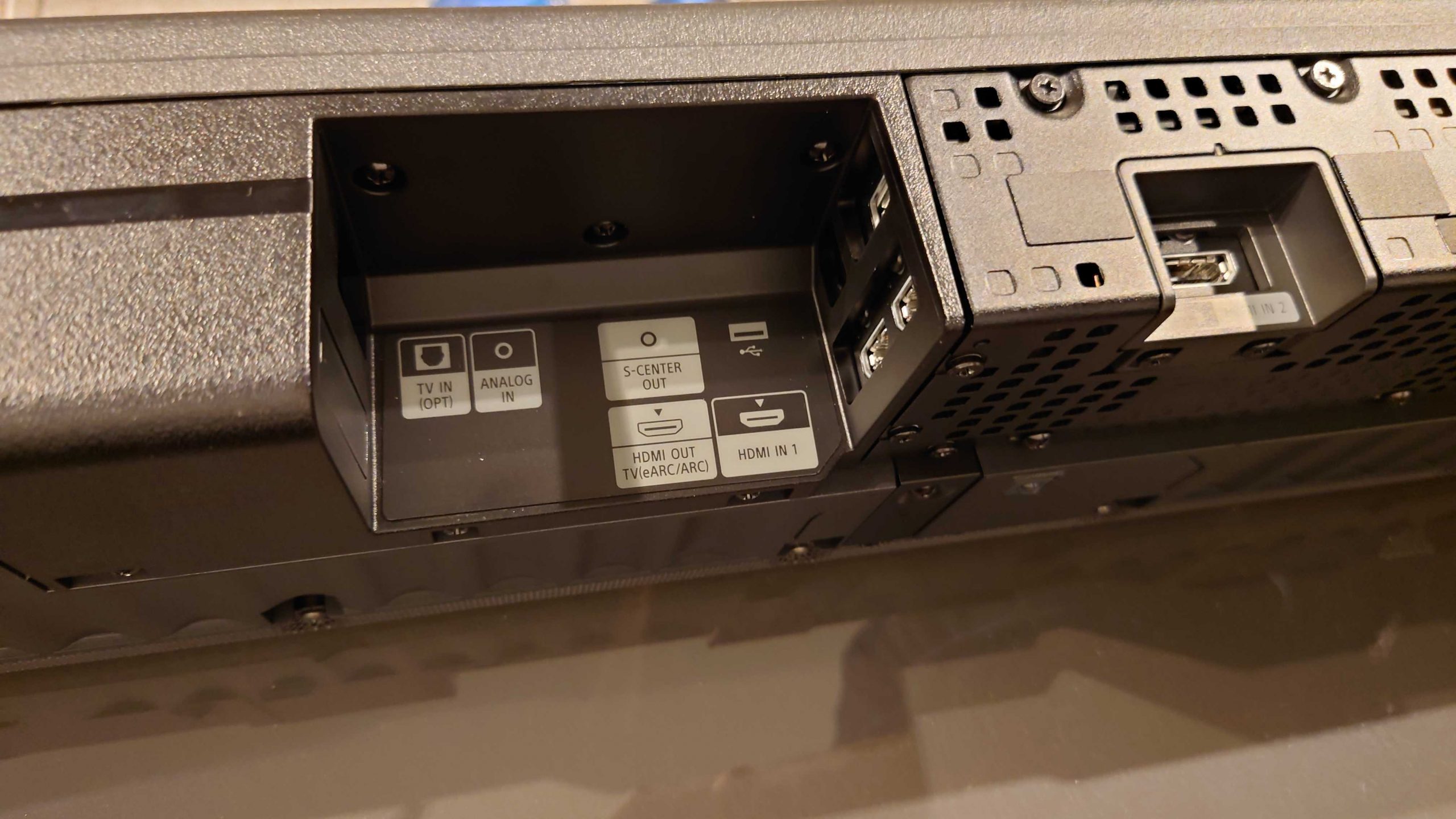
Sound quality
The proof is in the pudding, and after all, it is on the sound side that Sony has the most to prove, if they are to compete with tough competitors such as Sonos and Samsung. However, it does not take long before we nod appreciatively to the sound reproduction from the HT-A7000.
We started with the test disc Ready Player One (4K Blu-ray, Dolby Atmos) and the breathtaking car race at the beginning of the film. This scene creates a lot of sound and life, but the Sony board has good control over everything, and manages to fill our listening room with a large, precise and clear sound image. The dynamics are excellent: When the cars crash with the T-Rex, King Kong and other obstacles, we get a realistic feeling of glass shattering, and cars whining past us.
We jump on to the Formula 1 documentary Drive to Survive (Netflix, season 3), and Sony also shows here that it can fill our test room with a believable, three-dimensional Atmos sound. Here the physical width clearly comes into its own: we can hear how the sound image assumes a size that matches well with the action on the screen, with good separation between the left, right and center channel.
The Sony HT-A7000 also provides a good experience of height effects from the Atmos soundtrack. There were actually several occasions where we had to look over our shoulder! The Sony plank manages to create an illusion of objects that move towards, above and past us. The surround sound is fully on par with Sonos and Samsung.
That said, there are a few things we miss. Although the bass reproduction from the board is decent enough, it is not the case that Sony has managed to repeal the laws of physics. The engine noise and explosions miss the thrust that only a proper subwoofer can provide.
The voice reproduction could have been even clearer. The many dialogue sequences in Drive 2 Survive, for example, sound a bit cramped compared to the Samsung HW-Q960A. Here, however, we experienced an improvement by using the TV as a center channel.
The HT-A7000 has a trick up its sleeve, if you choose to pair it with a Sony TV of more recent date. The Acoustic Center Sync function can use the TV’s built-in speakers to reproduce parts of the center sound image. We tested this in combination with the OLED TV XR-65A80J, and then experienced that the voice reproduction was both clearer and more precisely located together with the image.
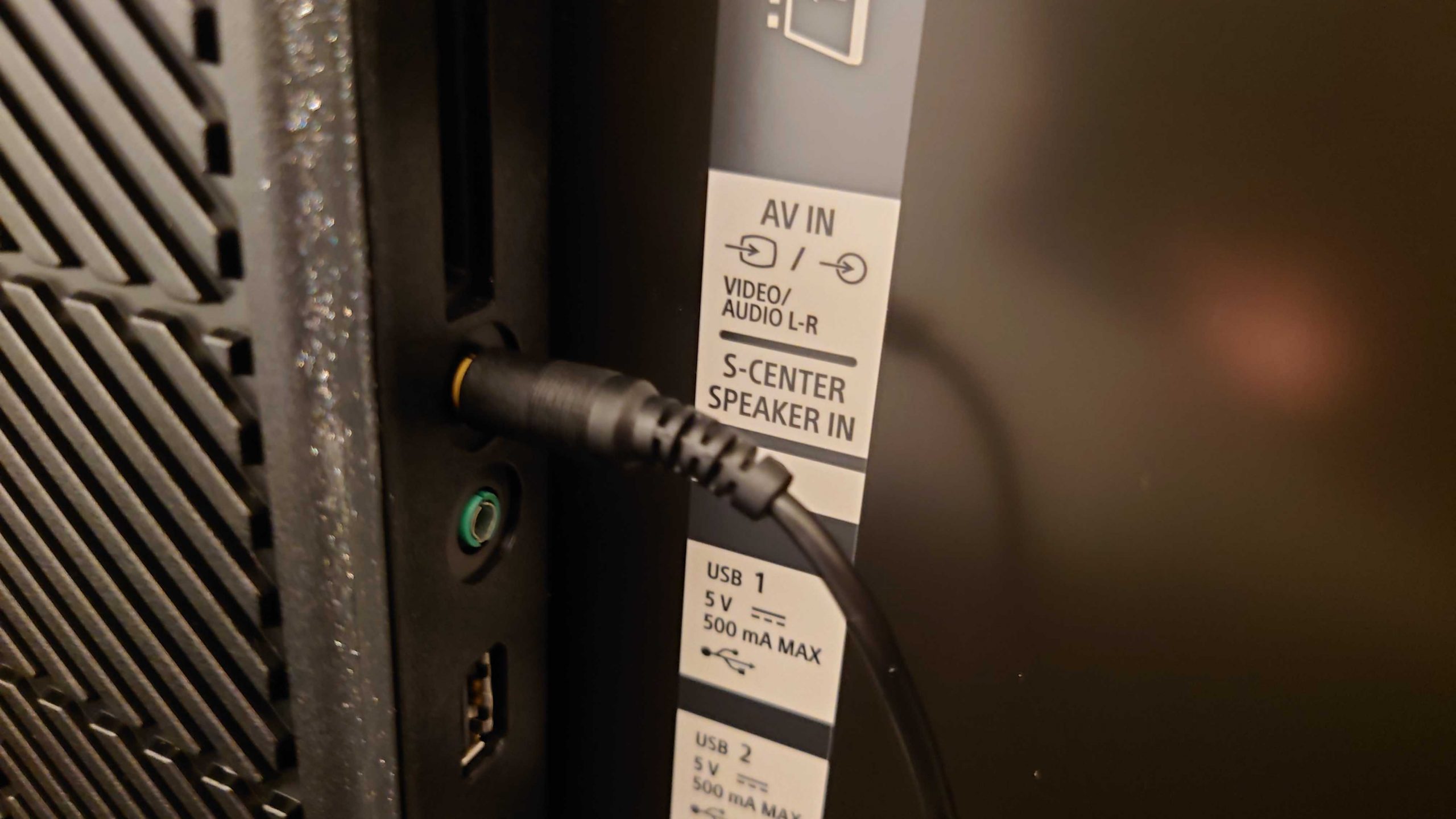
What about music?
Since the TV and soundbar are often placed in the living room, they should also function as a music system for many. In addition, there are gradually more music productions that are recorded with surround sound.
Sony has a nice, open and warm sound when we play Dua Lipa directly from YouTube. The guitar strumming has a nice touch in it, and we immediately start to step on the beat. Here there is generally good coherence, and a fairly wide stereo sound image. But there could have been more weight in the bass tones.
The Sony HT-A7000 also does a great job with the Nordic Brass Ensemble and their European Tour (Blu-ray) from Norwegian 2L. The soundbar draws a large and powerful soundscape, where the wind instruments sound distinct and clear. But even if the bass is clear enough, the drum vortices become quite slender and anonymous. We also notice here that it would help significantly with a little traction in the bass.
Extended setup with subwoofer and rear speakers
That said, so done: With the subwoofer and rear speakers connected, the audio experience becomes much more complete. Finally we can feel the bass, and not just hear it! We found that the small sub SA-SW3 did an excellent job with the HT-A7000, and for smaller listening rooms this will deliver solid and nice bass reproduction. If you are extra bass-hungry and have a bigger room, we can recommend the big brother. It is very precise and hard-hitting, and makes the engine go through marrow and bone!
– No doubt: You MUST have a subwoofer! The engines sound more like V8s, and cars that crash make it tremble more in the trouser legs. Simply significantly better home cinema feeling, says colleague and listener Geir Nordby.
– The small subwoofer (SA-SW3) maintains good quality. But SA-SW5 sounds much tougher. It has more power and better control over the sound effects. you do not necessarily need a large room to appreciate the precision it has, says Geir.
The extra rear speakers also do a good job of closing the audio bubble and making the surround effects from behind more clear and believable. But: it would have been even more hefty if Sony had cost extra height channels in the rear speakers as well! For example, there is something Samsung offers on its top model HW-Q960A.
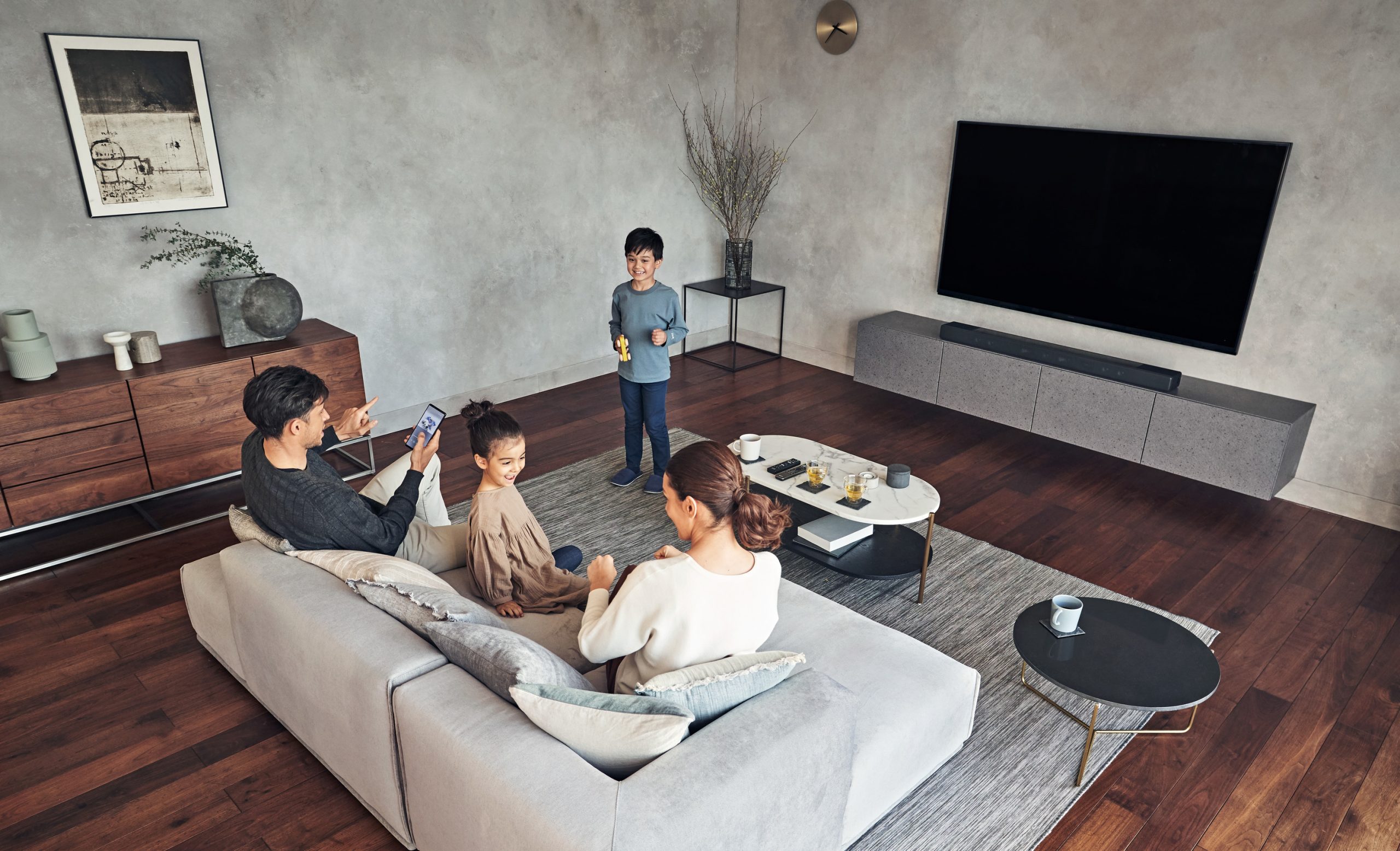
Conclusion and competitors
With a suggested retail price of GBP 1,199, the Sony HT-A7000 is an expensive soundbar, but it definitely provides sound value for money: Here you get a large and convincing soundscape on both film and music. The surround sound is solid, and we are particularly impressed with the width and height of the Atmos effects.
However, the sound experience will not be complete without a separate subwoofer, and then the price gets to be quite heavy! Which makes this a solution for the wealthy enthusiasts.
The HT-A7000 may seem a bit stiffly priced compared to our favorite Samsung HW-Q960A. We should also not forget a popular model like the Sonos Arc with Sub, which also comes a bit
cheaper than Sony’s solution.
So which of these systems would we choose? Well, if you are already (or planning to become) the owner of a new Sony Bravia TV, there are definitely some benefits to choosing the HT-A7000. The good integration with the TV’s own menu system, and not least the ability to use the TV screen’s own speakers to boost the sound, are undoubtedly nice features to take with you. Then you are guaranteed great usability and bold sound!

We think
The Sony HT-A7000 projects a large, clear and distinct sound picture, with a convincing surround effect. Plus for user-friendly on-screen menu! Subwoofer is optional, which makes the total investment costly.
1199 €
Specifications
- HDMI: 2 in/1 out (HDMI 2.1 w. eARC)
- Digital input: Optical
- Network: Yes
- Wireless: Bluetooth, Wi-Fi
- Voice control: No
- Analog in: Yes
- Subwoofer: No, optional
- Audio formats: Dolby Atmos, DTS:X, Sony 360
- Dimensions: 130 x 8 x 14 cm (W x H x D)
- Color: Black
- Web: sony.co.uk
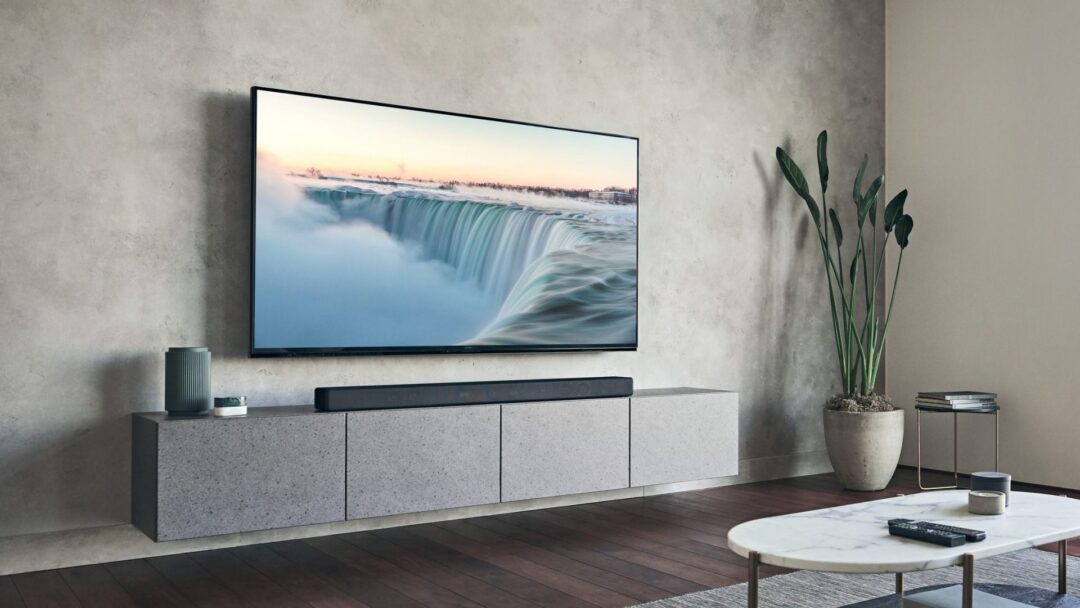

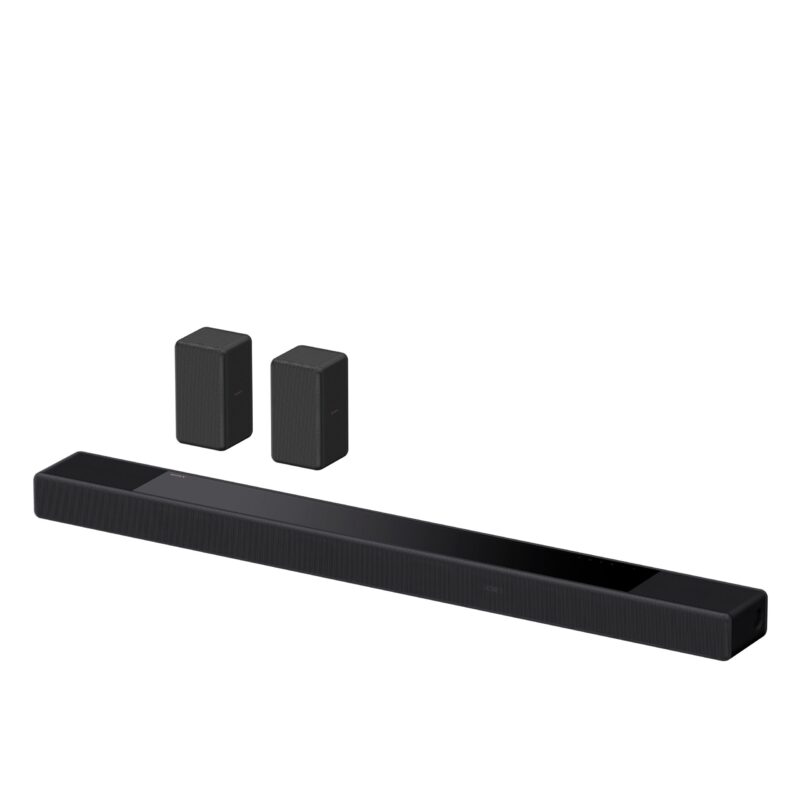
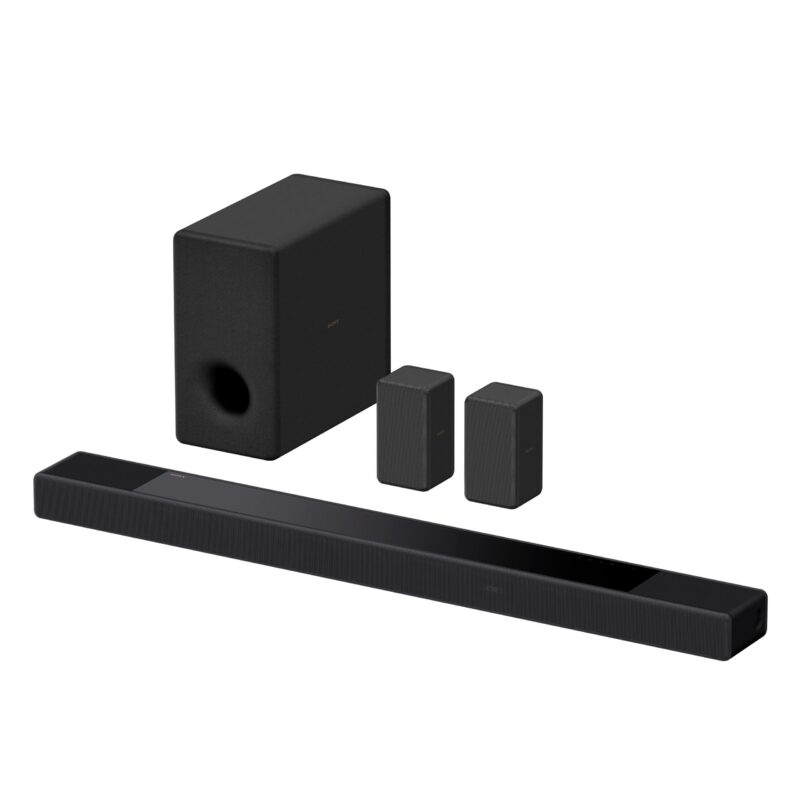
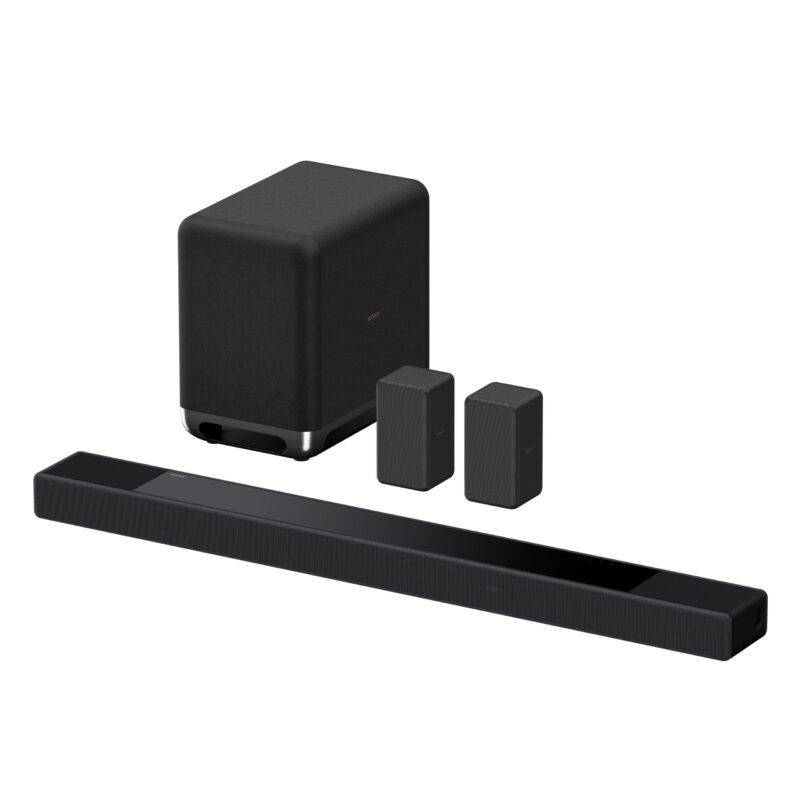
I’m convinced that my unit was faulty, because I thought the A7000 sounded incredibly average – and that was with the bigger subwoofer AND the new rears with upfiring ‘speakers’. The center speaker sounded like an old car radio; the rears are practically non-existent even with your ear right up next to them. Way overpriced and the sound is just meh.